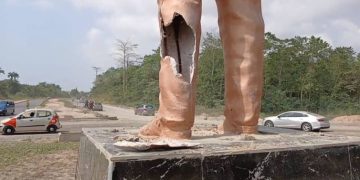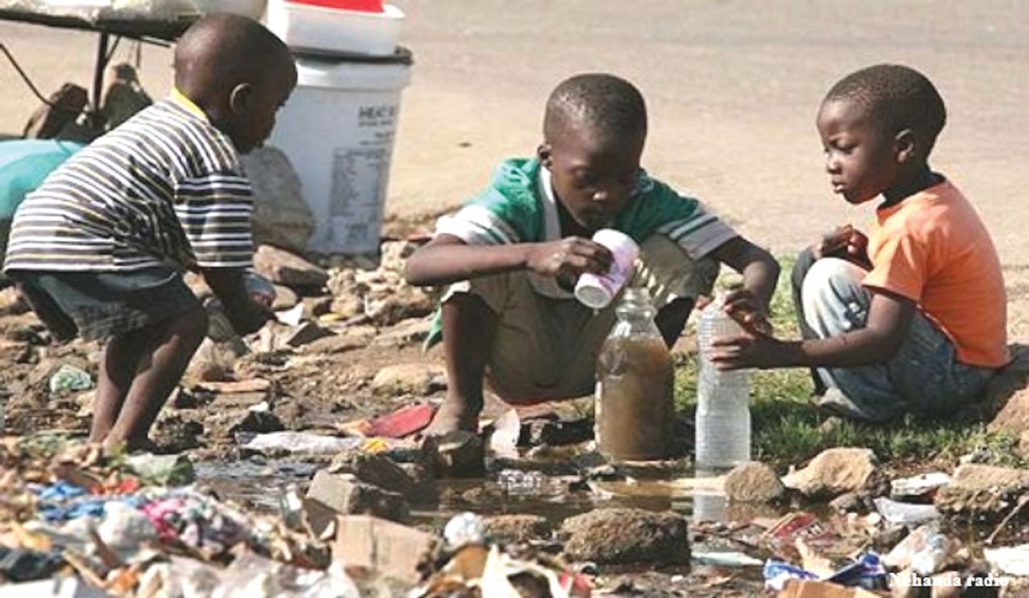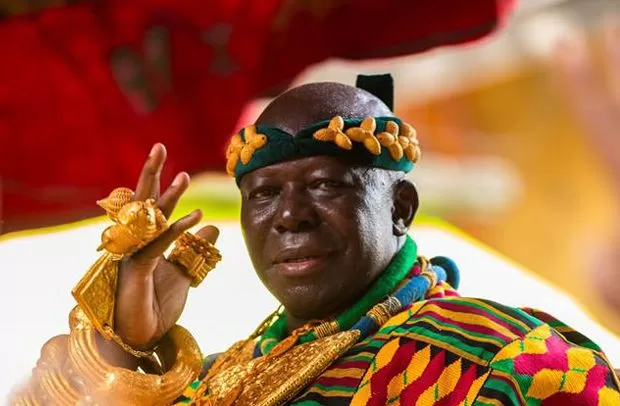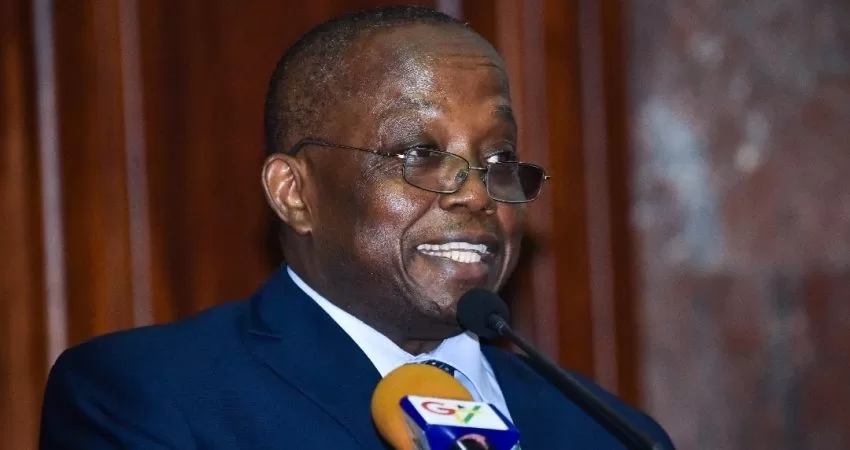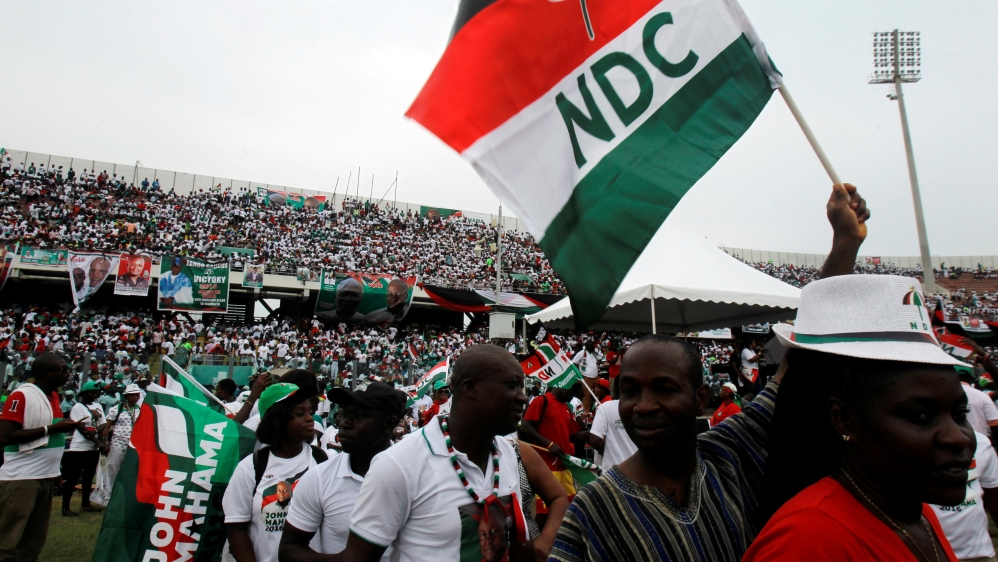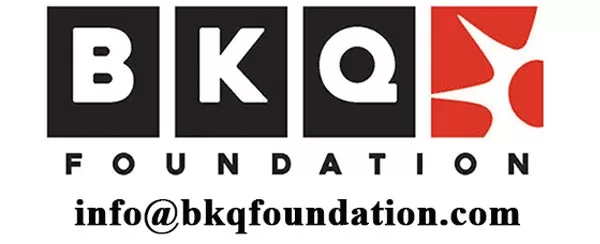MICE, an interesting acronym that stands for Meetings, Incentives, Conferences, Events/Exhibitions, is driving tourism receipts all over the world. While many countries around the globe have consciously made efforts to put systems and infrastructure in place to make MICE relevant to their tourism, Africa is yet to make the most of this multi-billion dollar industry. Traditionally, countries such as South Africa and Morocco have been the continent’s poster nations when it comes to MICE. In recent times however, Kenya and Rwanda have made moves that are gradually drawing them to the MICE booty. Earlier this year, Rwanda was ranked by the International Congress and Convention Association (ICCA) among Africa’s most popular conference and events destinations on the continent. The body ranked Rwanda, and specifically Kigali, third continentally, for capacity to accommodate international meetings and events, behind Cape Town of South Africa, and Casablanca of Morocco. This shows the Rwandan government’s effort, through the Rwanda Development Board, to deliberately market the country as a MICE destination using the iconic Kigali Convention Centre as rallying point. Kenya has seen a remarkable year of MICE activities. Two of its major cities, Nairobi and Mombasa have played host to some big global and regional events, including: Skal World Congress, Africa Hotel Investment Forum, Global MICE Summit, the 2018 World Health Organisation Global Management Meeting, ICAO’s Air Services Negotiation Event, amongst many others. Kenya like Rwanda, is gradually drawing the line between projecting itself as the Safari capital of the world to a potential big player in the global MICE industry. In a report published by Allied Market Research, titled, MICE Industry by Event Type: Global Opportunity Analysis and Industry Forecast, 2017-2023, the global MICE industry was valued at $752 billion in 2016, and is projected to reach $1,245 billion in 2023. As expected, Europe and the Americas dominate the regions projected to make the most out of this figure. Nevertheless East, North and Southern Africa seem to be doing something that could see the continent have a fair share. West Africa on the other hand is yet to fully explore the opportunities MICE has in boosting tourism receipts. While countries like Ghana, with its capital, Accra are gradually attracting global and regional events of sizable magnitude, there is still more that ought to be done. It is worthy of mention that, in this direction, the country’s main agency for tourism promotion, the Ghana Tourism Authority has created a Visitors and Conventions Bureau to help coordinate the marketing of the country as a MICE destination. The country has since hosted the All Africa Music Awards (AFRIMA), the 2018 African Women Cup of Nations, Africa Tourism Leadership Forum, Routes Africa Conference, World Press Freedom 2018 Day and a host of others. There may not be direct lines connecting the organization of these events to the work of the newly set up bureau, it however shows how much of a benefit the country could reap from MICE if the right investment is made and the bureau is made much more effective and efficient. The Nigerian cities of Lagos and Abuja also wield huge potential in the MICE industry which is yet to be harnessed for the country’s tourism. The latter successfully, hosted the UNWTO Commission for Africa Meetings earlier in the year. Malawi’s Bingu Wa Mutharika International Convention Centre coupled with new hotel establishments and the vast tourism resource make it an important country in the growth and development of the MICE industry in Africa. The Takulandirani – Malawi International Tourism Expo is gaining traction amongst industry players within the Southern Africa region and beyond. The approaching year will be very exciting for African countries as many are gradually coming around to understand the significance of MICE to tourism growth. With the right investment and political will, Africa could enlarge its share of the global MICE pie with cities such as Abidjan, Tunis, Dares Salaam, Dakar, Calabar, Kampala, Addis Ababa and others playing pivotal role in this regard. In the face of growing local needs, it seems unreasonable for governments to commit to serious investments into infrastructure and initiatives needed for the continent’s MICE industry to thrive. While such perception is very much valid, there is irrefutable truth to the huge economic benefits a robust MICE sector could have on a country’s economy, which in turn helps in alleviating the plight of local citizens. MICE does not only allow investors to get personal with their prospective investment partners and destinations, it also plays a critical role in ensuring that great deals are closed. Again, not to talk of the positive image a MICE destination assumes after a successful event. All these have monetary effects on the local economy that cannot be overlooked. 2018 has been a relatively good year for the African MICE sector. There are indications that the coming year will even be better if only governments begin to realize that in an ever dynamic travel and tourism sector, it is imperative that they devised measures to make the MICE segment even more significant to the growth of the industry. The Writer, Samuel Obeng Appah is a budding writer on African tourism He is the Content Editor for VoyagesAfriq Travel Magazine, a pan-African quarterly that focuses on promoting Africa to the Africans and the rest of the world. He tweets @ObengAppah]]>
Recent Posts
- Ghanaian sports journalist Naa Shika Stargurl shines on global stage
- Central Regional Minister to go to Court over her dismissal from NPP?
- NPP accuses NDC of lawlessness, demands urgent re-collation by EC in disputed constituencies
- Anytime there’s vigilance, NDC wins – Malik Basintale
- Akufo-Addo statue in Takoradi suffers partial damage amid controversy
- Current financial year proving challenging for COCOBOD – IMF
- Agona West NPP expels Regional Minister, 282 others for anti-party activities
- Cholera outbreak in Western region claims 14 lives, over 800 cases recorded
Popular Stories
-
Agona West NPP expels Regional Minister, 282 others for anti-party activities
-
Central Regional Minister to go to Court over her dismissal from NPP?
-
Akufo-Addo statue in Takoradi suffers partial damage amid controversy
-
Ghanaian sports journalist Naa Shika Stargurl shines on global stage
-
Current financial year proving challenging for COCOBOD – IMF

ABOUT US
Newstitbits.com is a 21st Century journalism providing the needed independent, credible, fair and reliable alternative in comprehensive news delivering that promotes knowledge, political stability and economic prosperity.
Contact us: [email protected]
@2023 – Newstitbits.com. All Rights Reserved.

